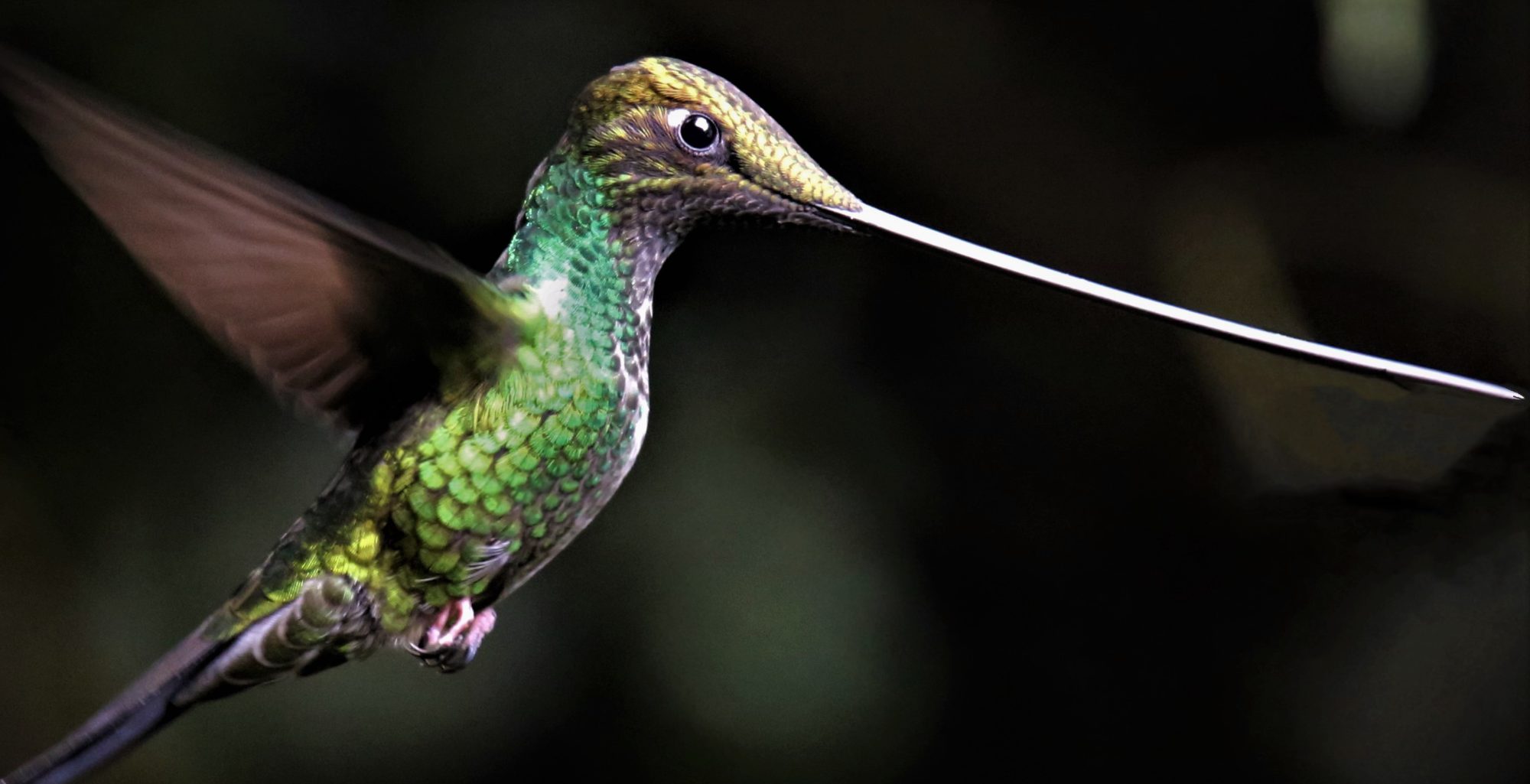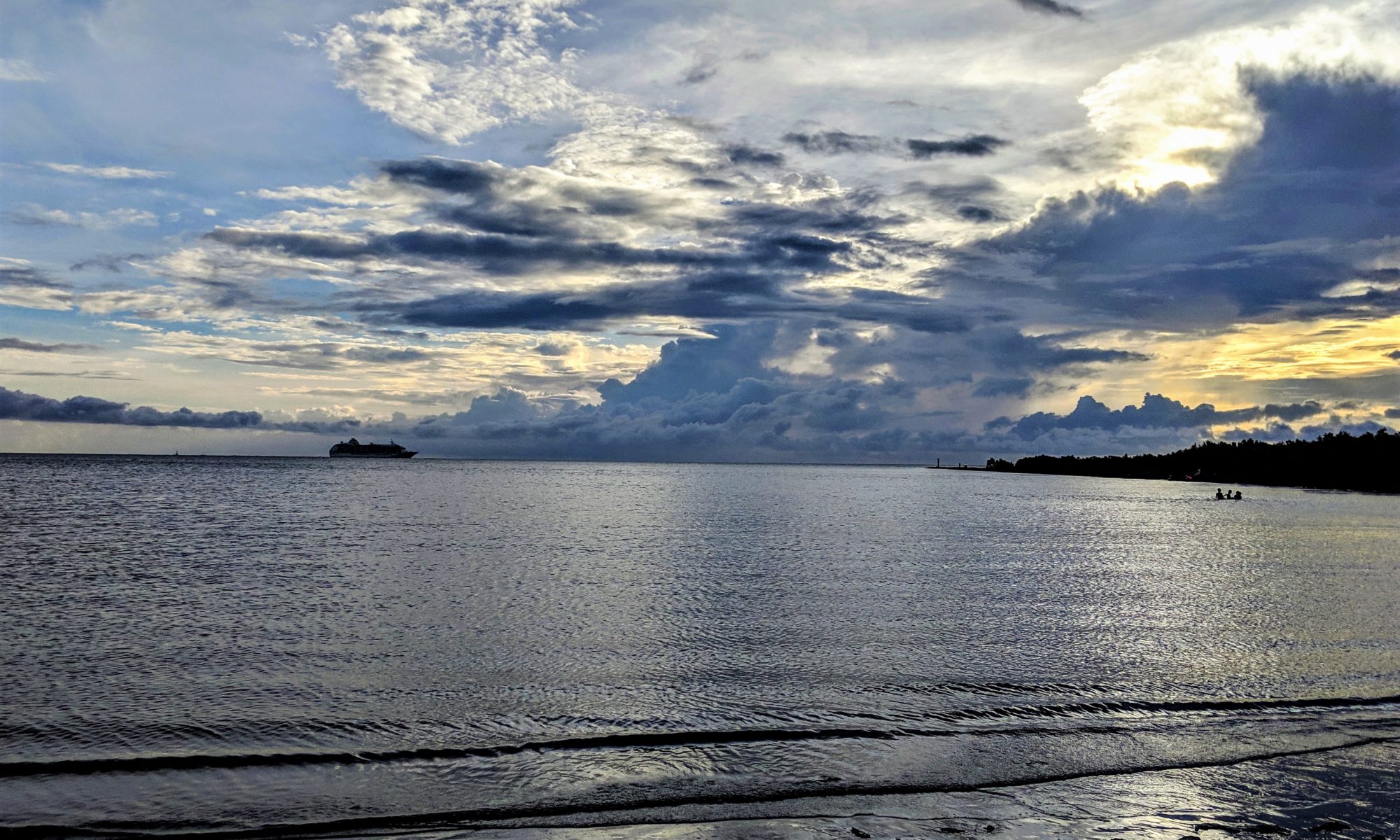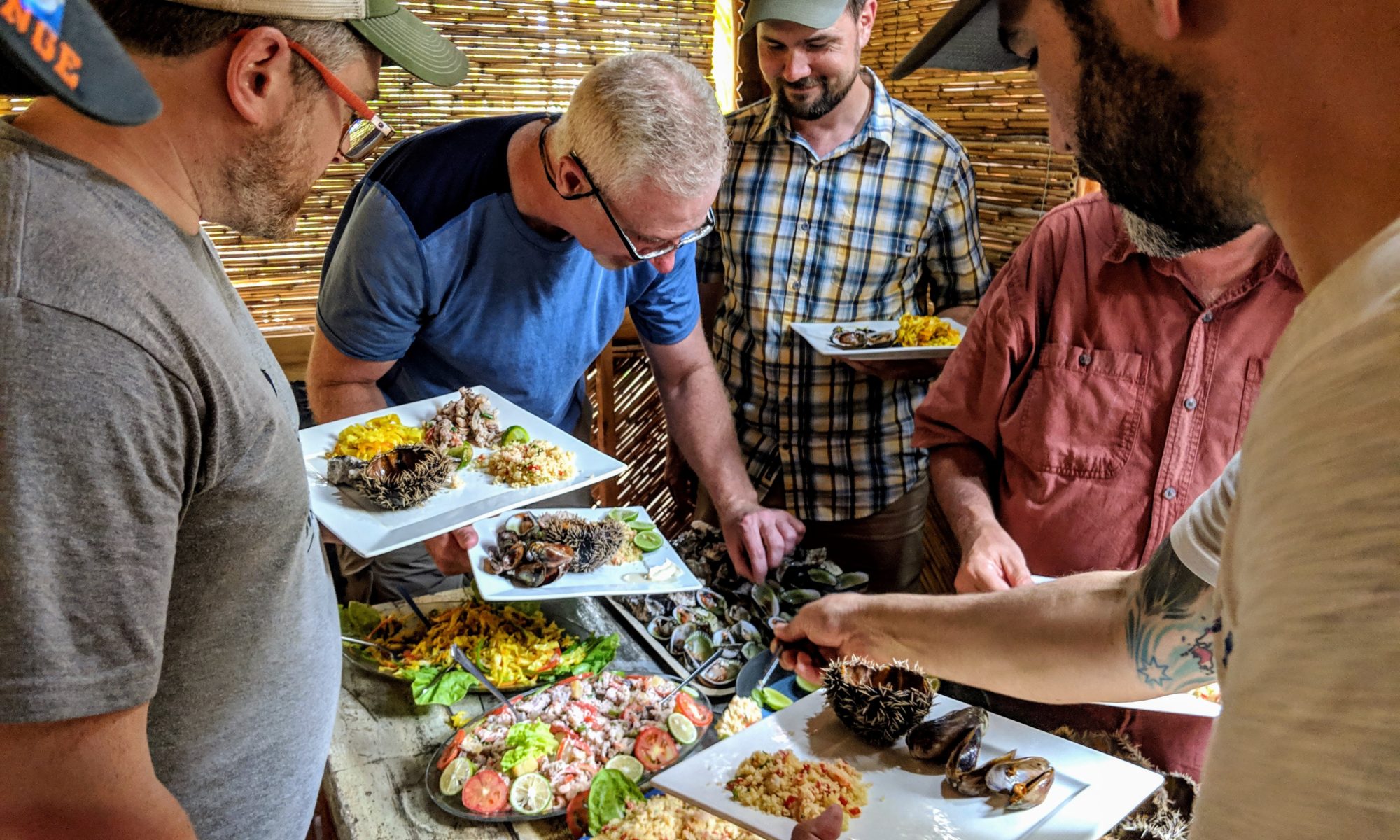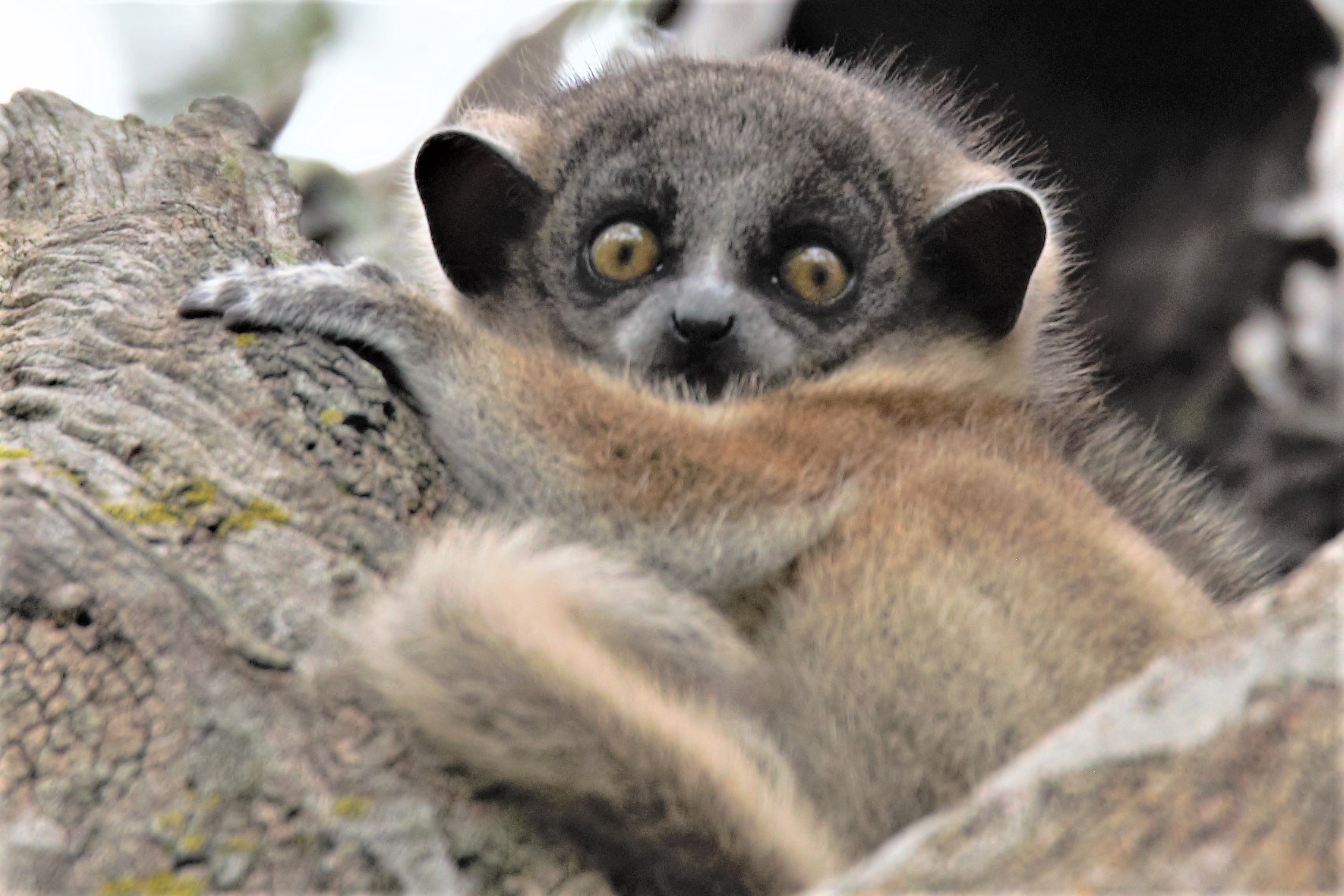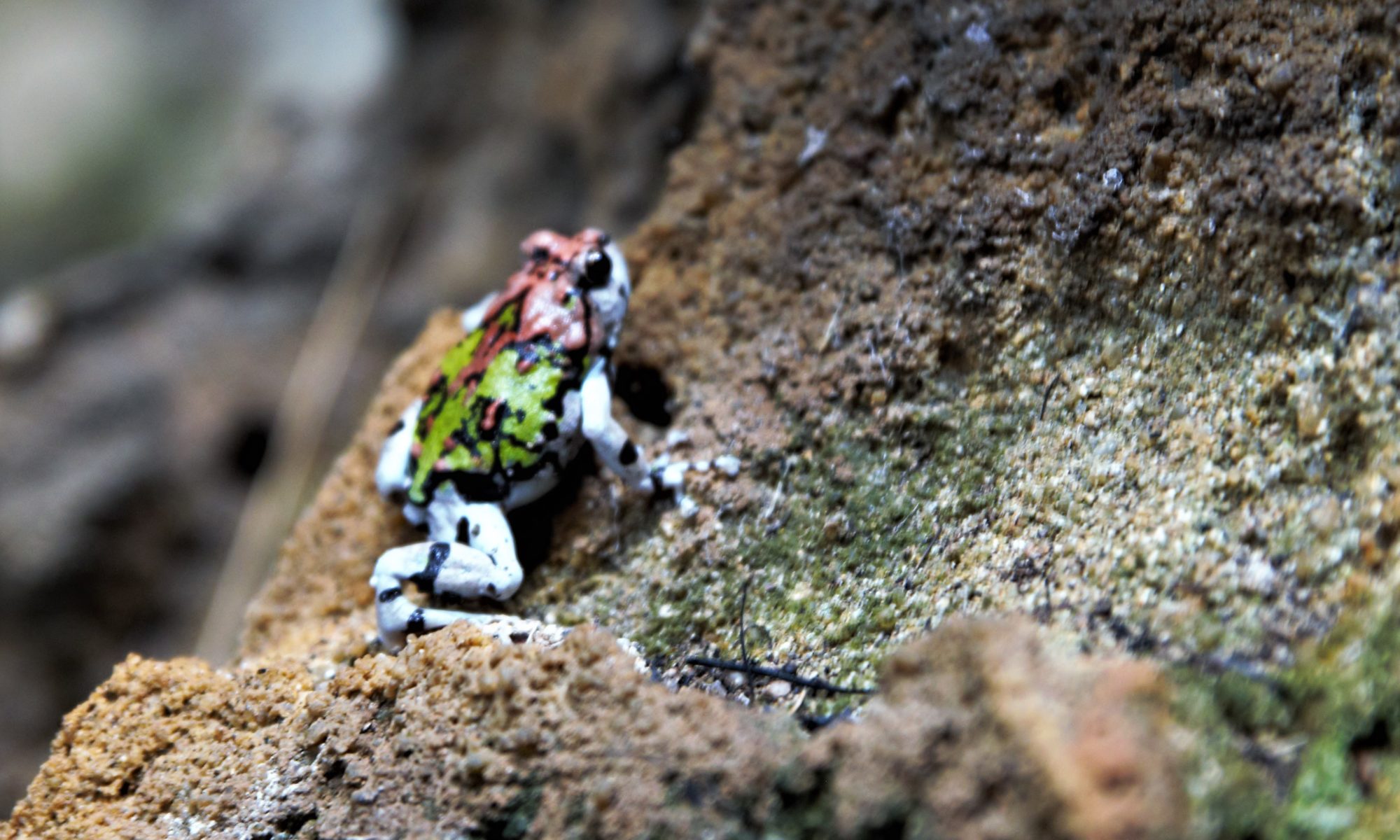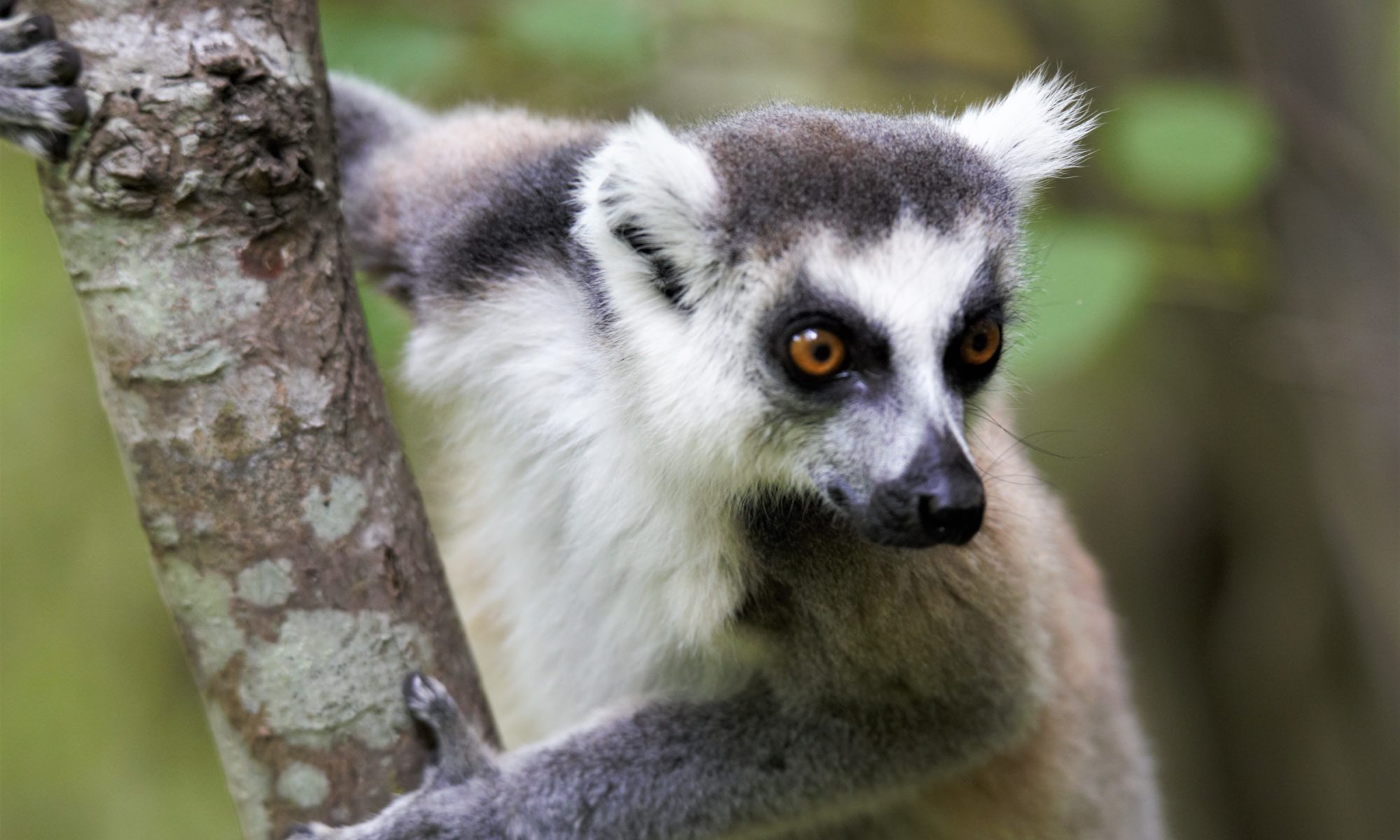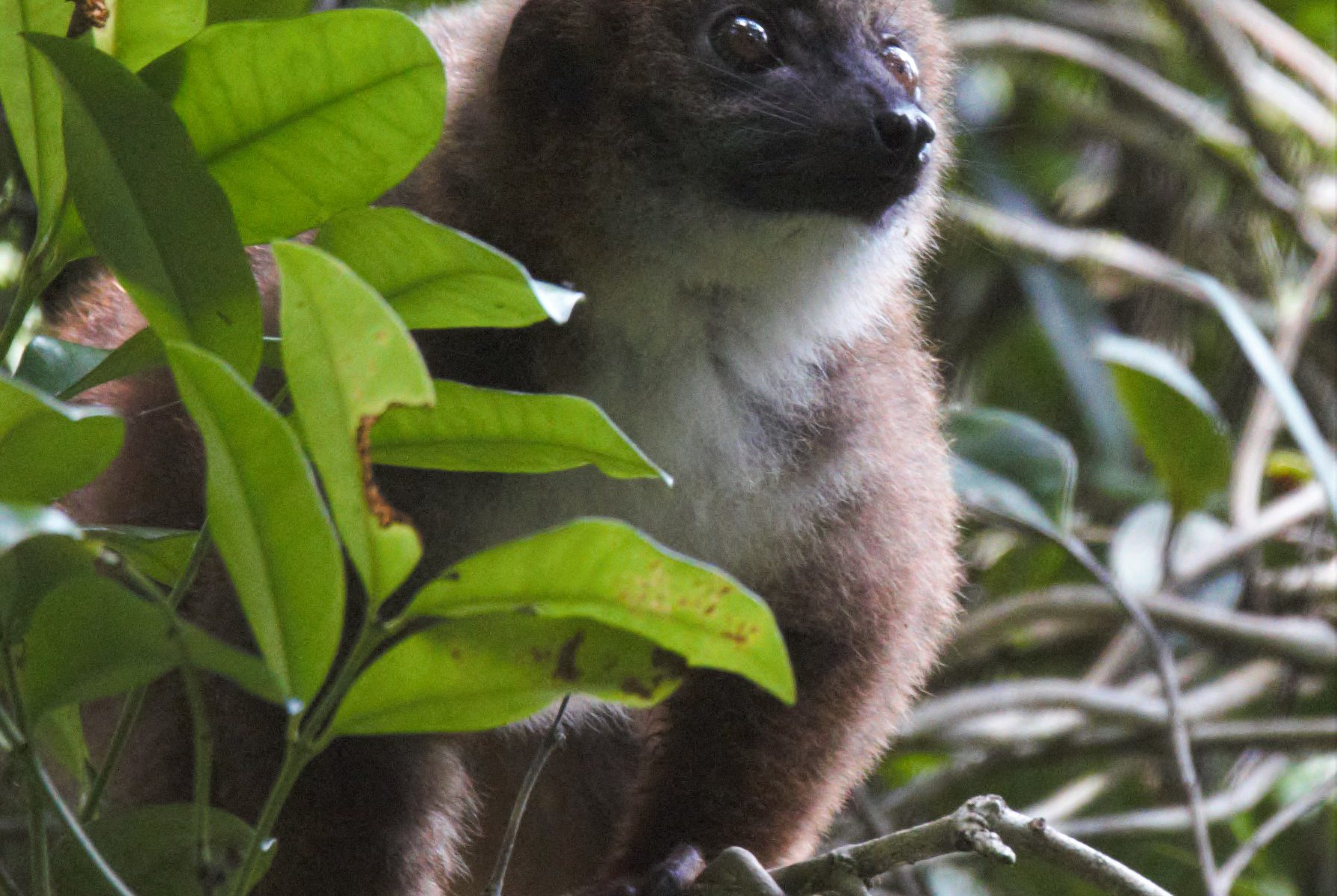The photo has nothing to do with the next story, except maybe you can imagine a man contemplating his situation in life. It was taken at the Cowani Site and I will try to tie something together in my typical random thought way.
Stories don’t always have happy endings. Sometimes they start out looking like it is going to end in tragedy and things turn out OK. Take the time, many years ago, my future wife was riding to school on her bike, hurrying to get to an 8 a.m. class. A city bus began to pass her while at the same time they both hit a patch of icy road. Her bike slid out from under her and away from the bus. She went towards the bus, hit the ground; slid under the moving bus, behind the front wheels. The driver never saw what happened and continued on his way. She remembered everything like it was in slow motion, as the right rear tires passed within inches of her head; the left rear tires just missed her feet. The construction workers that saw it happen, rushed to help her expecting to find much worse. She picked herself up, took a few deep breaths, walked over to her bike, and found it to be in working order and continued to class. She called me after class (as I went to a different university), still obviously shaken. I remember it as if it were yesterday. I find my fingers shaking typing this as I recall the conversation. Life would have been different. Sometimes important things are a matter of inches or of seconds.
Remember the early morning start time in the last post? Well I think a new family story and a new word phrase has been placed into use. You can say Whack whack whack, or the ice cream story, or the parrot fish story, and the appropriate family member will be embarrassed or the moral of the story will be conveyed without saying anything more at our family gatherings. It will go something like this, You Tenrecked it. The phrase will be used when you try to do something good and it comes out horrible. No happy ending here.
Here is the story. Maybe by telling it first, and hiding it between much more serious events, I will avoid repeated embarrassment, but I doubt it. My nephew Scott (the only person on the tour who has not successfully bred exotic frogs, and more of a mammal enthusiast) and I were hurrying to the dining room of the lodge. He spotted a tiny little mammal scurrying around the foundation of the next bungalow. I could see that it was black and white and looked a little like a hedgehog. He said in an extremely excited whisper, “It’s a spiny tenrec.” (If you don’t know what one looks like, you will have to google it, because I didn’t take a picture.) It was about to make its way into the brush in an attempt to escape our notice. Scott, again in an excited whisper, said something like, “Don’t let it get to the bushes, I want to get a picture.” Well, in an attempt to comply, so that Scott could do his part to try2seeitall, I stepped in front of it with the same left foot that in a few hours would wind up in the rice paddy, and slipped. Since you know this is not going to be a happy story you can guess the rest. I tenrecked it. Both our eyes got big and we knew the potential this story had for future family gatherings. The guy who helped worms get across the sidewalk when he was a boy as the sun would come out and the guy on the tour who would be least likely to manipulate an animal to get a better photograph gets stuck with coining a new phrase.
On a much more serious note, Scott’s “day at the office” did not go well. He called me when I was working on this post in his apartment a few hours north of Nairobi (where we flew into a couple of days ago) to tell me that one of his bosses was in the hotel that is probably making national news back home as I am writing this today. He is alright, but not everyone was and the death toll topped 20 with details still emerging. He had to hide in a hotel closet for many hours and he is going back to the States as soon as he is able. I don’t want to give any more details than that, but if you are interested you can Google: The 2019 DusitD2 complex attack . As in life, when you travel, it’s not all good.
